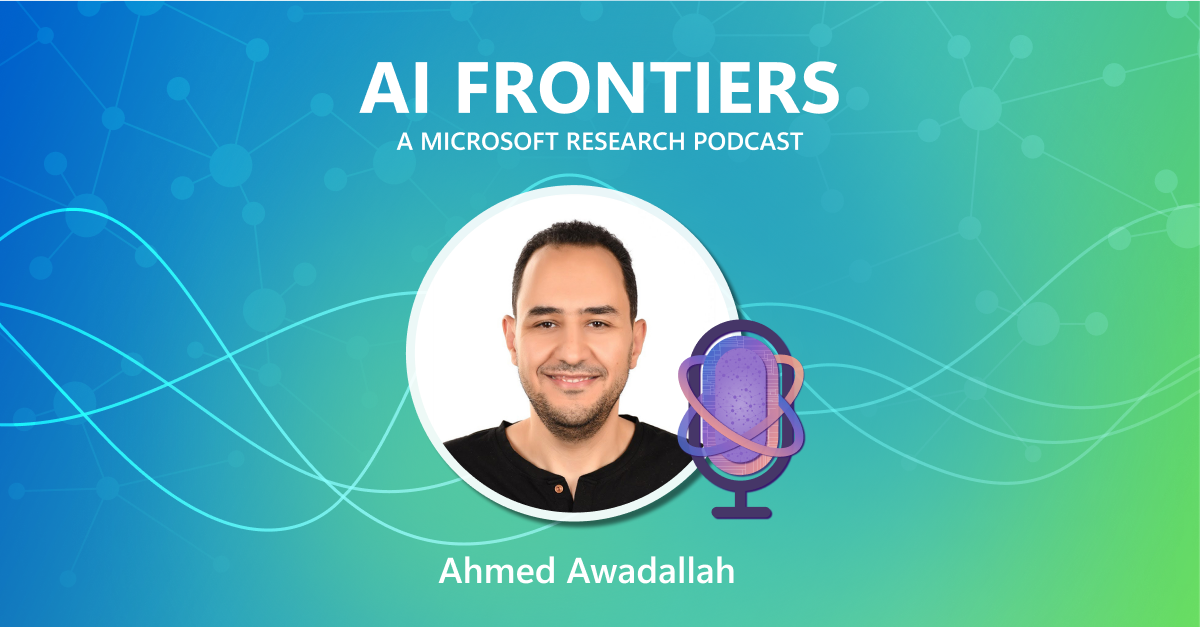Time to celebrate: we are releasing the Hawaii OCR (optical character recognition) service this week! This OCR service is the next step in the evolution of Project Hawaii (opens in new tab), the Microsoft Research project that is exploring how to take full advantage of the cloud to enhance the use of smartphones. With Hawaii OCR, you can use your smartphone’s camera to take a picture of an object that contains text (in Roman characters), send the image to the cloud, and in return receive a Unicode string of the text. This text string can be used in a number of interesting scenarios, such as translation of street signs or restaurant menus.
Adding OCR to the computational, mapping, and identification services in Project Hawaii is another step in our journey to create a set of cloud-enabled mobile applications and support services. Our current platform consists of a Windows Phone 7 smartphone and several cloud services, including Relay, Rendezvous, Speech to Text, and Windows Azure for computation and data storage.

MICROSOFT RESEARCH PODCAST
AI Frontiers: The future of scale with Ahmed Awadallah and Ashley Llorens
This episode features Senior Principal Research Manager Ahmed H. Awadallah, whose work improving the efficiency of large-scale AI models and efforts to help move advancements in the space from research to practice have put him at the forefront of this new era of AI.
Team Dynovader visits the Microsoft Research, Redmond lab.
Pictured left to right: Evie Gillie (teaching assistant), Vignan Pattamatta, Mike Ortiz, Arjmand Samuel (Microsoft Research), Naran Bayanbat, Forrest Lin, Lu Li
In related news, we welcomed a group of Project Hawaii collaborators from Stanford University to our Redmond, Washington, lab in late March. Our guests were students in Jay Borenstein’s (opens in new tab) Computer Science 210 (opens in new tab) (CS210) course, which provides students the opportunity to collaborate on a real-world project with a corporate partner. This semester, Microsoft Research is sponsoring a CS210 cadre on Project Hawaii. The student group, named Team Dynovader (opens in new tab), is working on a citizen science project called myScience, enabling scientists to crowdsource (opens in new tab) data collection for their research projects at the click of a button. No coding is required by the scientists. It allows Windows Phone 7 users to contribute data to various citizen science projects that use the same mobile app.
Here’s how it works: scientists will go to the myScience website and launch a citizen science project. It is then automatically deployed to users who download myScience from the Windows Phone Marketplace. Users can browse through a catalog of projects and contribute to those they find interesting. The data is then stored in the cloud, and made available to scientists via our website.
Team Dynovader believes that myScience will transform the way observational research is conducted in the future. Imagine a network of thousands of mobile phones—each with a camera, microphone, GPS, and accelerometer—conducting observations and pushing the data to a central repository.
To quote Scott R. Loarie, a scientist in the Department of Global Ecology at Carnegie Institution, Stanford University, “Mobile phones coordinated through citizen-science projects are emerging as a powerful new tool for data collection. They rival distributed sensors, such as satellites, in their ability to scale and complement these systems, because boots on the ground brandishing cellphones can detect many things that fixed sensors cannot.”

Team Dynovader presents myScience project to Microsoft Researchers
We are looking forward to the release of myScience and its adoption by scientists. Good luck Team Dynovader!
—Arjmand Samuel (opens in new tab), Research Program Manager, Microsoft Research Connections
Learn More

